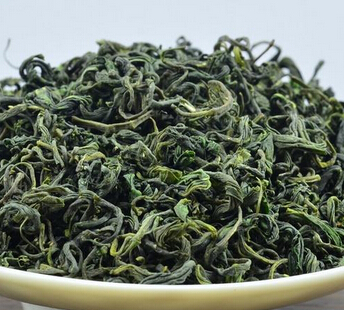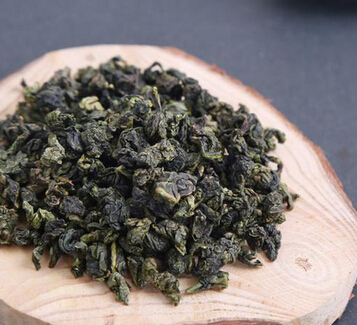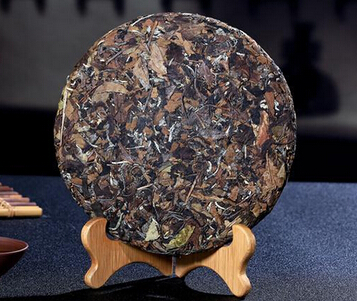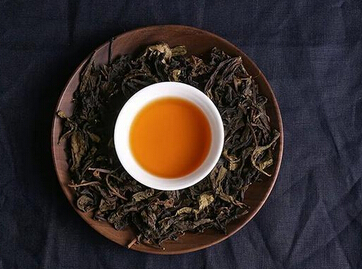Drinking tea has increasingly become a healthy lifestyle for many, and "tea tasting" has gradually become a fashion. But do you know the characteristics and effects of green tea, black tea, oolong tea, white tea, dark tea, and yellow tea? Which tea is more suitable for different groups of people?

Green Tea: The Leader Among Teas for Clearing Heat and Irritability
Green tea is one of the main types of tea in China. From a nutritional perspective, green tea is unfermented, preserving the natural substances in tea leaves well. Nutrients such as vitamins, chlorophyll, tea polyphenols, and amino acids are the most abundant among all tea types. Green tea can clear internal heat, relieve irritability, enhance thinking ability, and improve immunity.
Suitable for: Busy middle-aged and young adults, mental workers, and those who frequently use computers.
Precautions: Green tea is cooling in nature. Although it can clear heat and relieve irritability, it may irritate the stomach. People with weak spleen and stomach should drink less or use fewer tea leaves when brewing to reduce irritation.

Black Tea: Warm and Sweet, Regulates the Spleen and Stomach
As black tea is fully fermented, its nature is relatively mild, especially small-leaf varieties like Lapsang Souchong. The tea soup has a sweet and mellow taste without irritation and can also regulate the spleen and stomach. Abroad, it is common to add milk and sugar to black tea, which can supplement nutrition and increase body heat.
Suitable for: People with poor digestion or weak constitutions who should avoid green tea may find black tea more suitable.
Precautions: Black tea is warming in nature, so it is not ideal for those who are currently experiencing internal heat or generally have a fiery constitution.

Yellow Tea: The Top Choice for Increasing Appetite
Yellow tea is not as well-known as green or black tea, but names like Junshan Yinzhen and Huoshan Yellow Bud are more recognizable—yes, they belong to the yellow tea category. The characteristics of yellow tea are "yellow leaves" and "yellow soup." It is actually a product derived from stir-fried green tea, with an additional yellowing process during production. The fermentation degree of yellow tea is between 20-30%, making it a lightly fermented tea.
Suitable for: Yellow tea undergoes a "piling" process, which produces a large amount of digestive enzymes beneficial to the spleen and stomach. It is most suitable for those with indigestion, poor appetite, or obesity.
Precautions: Yellow tea contains more caffeine and tea polyphenols, which can cause excitement and increase urination. Therefore, it is not suitable for pregnant women as it may lead to pregnancy poisoning or other adverse effects on fetal health.

White Tea: A Rare Treasure That Can Lower Blood Sugar
White tea is a rare treasure among teas, with a fermentation degree of 10-20%, making it a lightly fermented tea. White tea has a plump appearance covered with white hairs, a fresh and fragrant aroma, and a clear yellow-green tea soup with a light but sweet aftertaste. Although white tea is not as popular as green or black tea and has limited production, it is a rare gem in the tea world.
Suitable for: White tea is most suitable for diabetics because it is not stir-fried or rolled during processing, preserving the tea polysaccharides that help treat diabetes. Additionally, white tea has a cooling nature and can reduce internal heat and treat constipation.
Precautions: Diabetics should brew white tea with lower-temperature water (around 85°C) for 4 to 6 minutes and drink it in the morning or evening. Avoid boiling water to prevent high temperatures from destroying the tea polysaccharides.

Oolong Tea: The Slimming Tea for Fat and Cholesterol Reduction
Oolong tea, known for its "green leaves with red edges," stands out among tea varieties. Its production process combines techniques from both green and black tea, resulting in a quality that lies between the two—rich and fresh like black tea yet fragrant like green tea.
Suitable for: Oolong tea is best for overweight individuals due to its notable effects on lowering blood lipids and cholesterol and aiding digestion. In Japan, it is called the "beauty and slimming tea." It also has a refreshing effect, making it ideal for students studying late or overtime workers.
Precautions: All drinkers of oolong tea should avoid consuming it on an empty stomach, as it may cause hunger or even dizziness and nausea (known as "tea drunkenness"). Pregnant women should also avoid it, as the theine content may excite the fetus and increase movement, which is harmful.

Dark Tea: Most Effective for Removing Grease and Lowering Lipids
Dark tea is another unique tea variety in China, widely consumed in border minority regions. With a fermentation degree of 100%, it is a post-fermented tea.
Suitable for: Dark tea is most suitable for those who regularly consume meat, as its warm and moist nature helps remove grease, reduce fat, and lower blood lipids effectively.
Precautions: Pregnant women should avoid dark tea due to its high content of tea polyphenols and caffeine, which may affect fetal development.